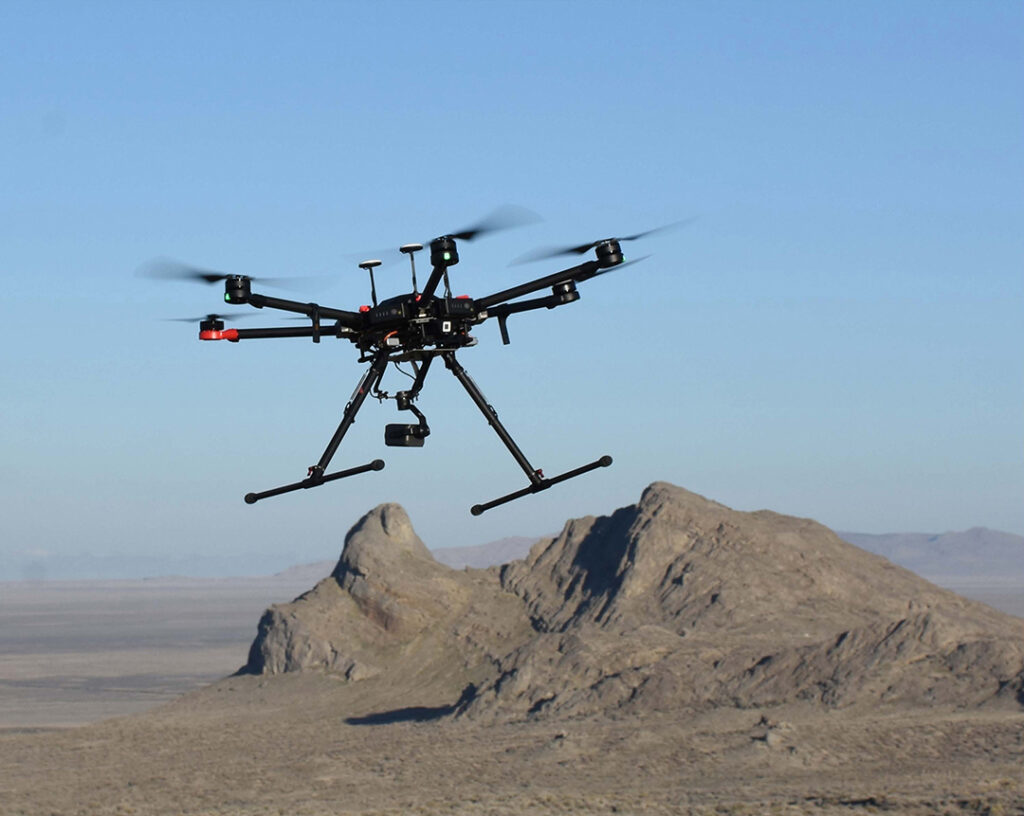THE WATCH STAFF
Mexican drug cartels are increasingly weaponizing commercial drones, using asymmetric warfare tactics similar to those of terrorists and other nonstate actors.
The Cártel de Jalisco Nueva Generación (CJNG), or Jalisco New Generation Cartel, has waged a campaign against many of the country’s other cartels, as well as government authorities and civilian self-defense groups.
The CJNG and other Mexican cartels have used explosive-armed drones since at least 2017, according to The War Zone military news blog and Forbes magazine.
“Mexican cartels, among other criminal groups, have already been using them to carry drugs over walls and past other barriers, as well as conduct surveillance,” The War Zone’s Joseph Trevithick wrote in an August 28, 2020, story. “The barrier to entry when it comes to crafting small bomb-carrying quad and hexacopter-type drones is notably low … which makes the concept particularly attractive to non-state actors,” Trevithick wrote.
As U.S. Marine Corps Gen. Kenneth McKenzie, the head of U.S. Central Command, said in 2020 comments reported by the website Task & Purpose: “I’m talking about the [drone] you can go out and buy at [U.S. retailer] Costco right now. … And with very simple modifications, it can be made into something that can drop a weapon like a hand grenade or something else.”
The short history of weaponized commercial drones began on the battlefield with nonstate actors such as the Islamic State group in the Middle East. Drone operations then evolved into more targeted uses, such as the November 7, 2021, assassination attempt on Iraqi Prime Minister Mustafa al-Kadhimi.
“In the 20th century, a sniper … would have conducted an assassination,” Ibrahim Al-Marashi, an associate professor of Middle East history at California State University San Marcos, wrote November 11, 2021, for the Middle East Eye news website. “In the 21st century, someone remotely controlling a drone has the potential to wreak significant instability.”
That holds true in Mexico, where experts say the cartels are now using commercial drones as platforms for surveillance, reconnaissance, propaganda videos and targeted attacks, according to Task & Purpose. In at least three Mexican states, drug cartels have attacked police or Soldiers with explosive-laden drones, according to an April 21, 2021, story by The Associated Press.
“We saw a similar shift with Islamic State usage some years ago where they evolved from single-use IED drones which point-detonated to multi-use standoff drones which engaged in aerial bombardment,” Dr. Robert J. Bunker, director of research and analysis at C/O Futures, told Forbes in an October 1, 2021, story. “The standoff bombardment capability allows the CJNG to conserve its drone fleet capability and not burn through it.”
That change has allowed the cartels to build up their fleets.
“CJNG and its rival Cárteles Unidos (United Cartels) have upgraded their arsenals by using drones to bomb enemies, posing a growing threat to Mexican and U.S. citizens and allowing more drugs to flow into the United States,” said a May 24, 2021, story by Mexico City-based freelance journalist Karol Suárez in the Courier Journal newspaper in Louisville, Kentucky.
Suárez said the drones are part of a strategic move by the cartels to achieve their goals by building paramilitary arsenals.
“I’ve been a strong advocate of designating the Mexican cartels as terrorist groups because they’re acting like terrorist groups. They’re equipped like terrorist groups,” Derek Maltz, a former agent in charge of the U.S. Drug Enforcement Administration’s Special Operations Division, told Suárez.
The use of drones by nonstate actors and transnational criminal organizations is expected to increase, but countermeasures — both military and civilian — have been developed that range from net cannons to radio-frequency jammers to high-power microwave devices.
Early on, the U.S. Army’s Asymmetric Warfare Group identified drones as a threat and provided technology and training to combat units.
In the Middle East, U.S. forces had “success in either repelling, shooting down or chasing away the majority of [Islamic State drones] in Iraq and Syria [from 2016 to 2018] before they could harm our personnel or do any damage to equipment or infrastructure,” according to a Combined Joint Task Force-Operation Inherent Resolve spokesperson quoted by the national security and foreign policy website War on the Rocks.
Although drones can be difficult to detect, they do come with limitations.
“The cartels are limited in what they can do [using commercial drones] based on range, the size of items they carry and the munitions they’re dropping,” Scott Stewart, a global security expert and vice president of intelligence at TorchStone Global, told the news website BorderReport.com.
“At this point in time,” Stewart said, “they’re really more of a psychological weapon for the cartels than an effective battlefield weapon.”
IMAGE CREDIT: BECKI BRYANT/U.S. ARMY PUBLIC AFFAIRS

